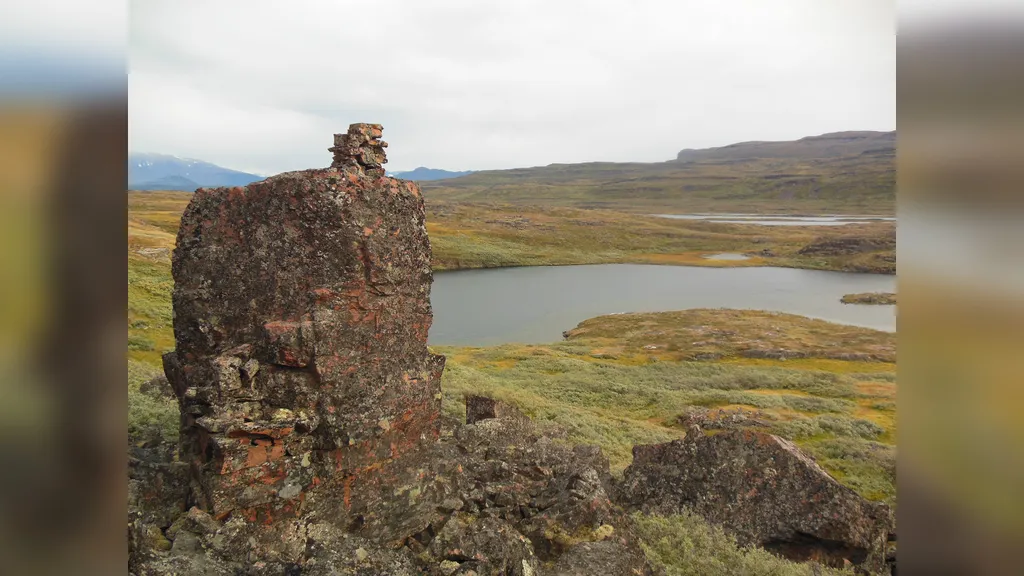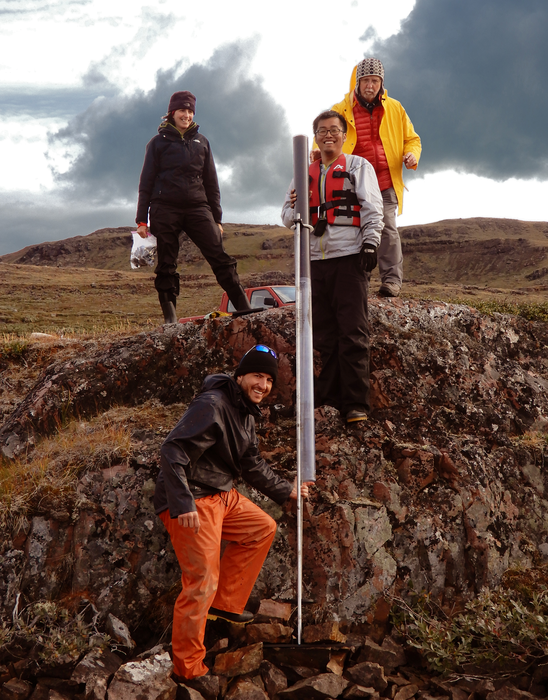St. Wystan’s church in Repton. In 873-874, a Viking army is believed to have entrenched in the garden. Right, Viking burial mounds in Heath Wood
Cat Jarman led me through a dense tangle of forest called Heath Wood. We were in Derbyshire, close to the very heart of England. There was no path, and the forest floor was overgrown with bracken and bush. It was easy to lose your footing and even easier to lose your way. Jarman, a fit, cheery woman in her late 30s, plunged jauntily on as I tried to keep up. “See all these lumps and bumps?” she asked as we broke into a small clearing. She pointed to an array of 59 small, rounded hillocks, many two or so feet high and four or five feet in diameter. Humans, not nature, had clearly put these things here, and they gave off a spooky, supernatural energy.
“We are literally walking across a Viking cemetery—the only known Scandinavian cremation cemetery in the whole country,” says Jarman, an archaeologist, whose new book, River Kings, takes a fresh look at who the Vikings really were and what exactly they were up to here. She flashes me a broad smile. “It’s very good, isn’t it?”
Yes, it is good—simple, powerful and mysterious. For a ceremonial burial place, the Vikings picked a surprisingly unceremonial spot. The overgrown forest shrouds these tombs in anonymity. There is no visible sign of a Viking settlement nearby, just an expanse of open fields and beyond that, a hamlet with a church, school and a few houses. The Vikings used rivers to get around, but it’s an awfully long hike from here to where the River Trent flows today. Which raises a big question, says Jarman. “Why have you got these Scandinavian cremation mounds here in the middle of nowhere?”
Read the rest of this article...
/https://tf-cmsv2-smithsonianmag-media.s3.amazonaws.com/filer_public/55/b3/55b3b557-ad11-46b8-9dcf-7529d123781f/openerletterboxed.jpg)

